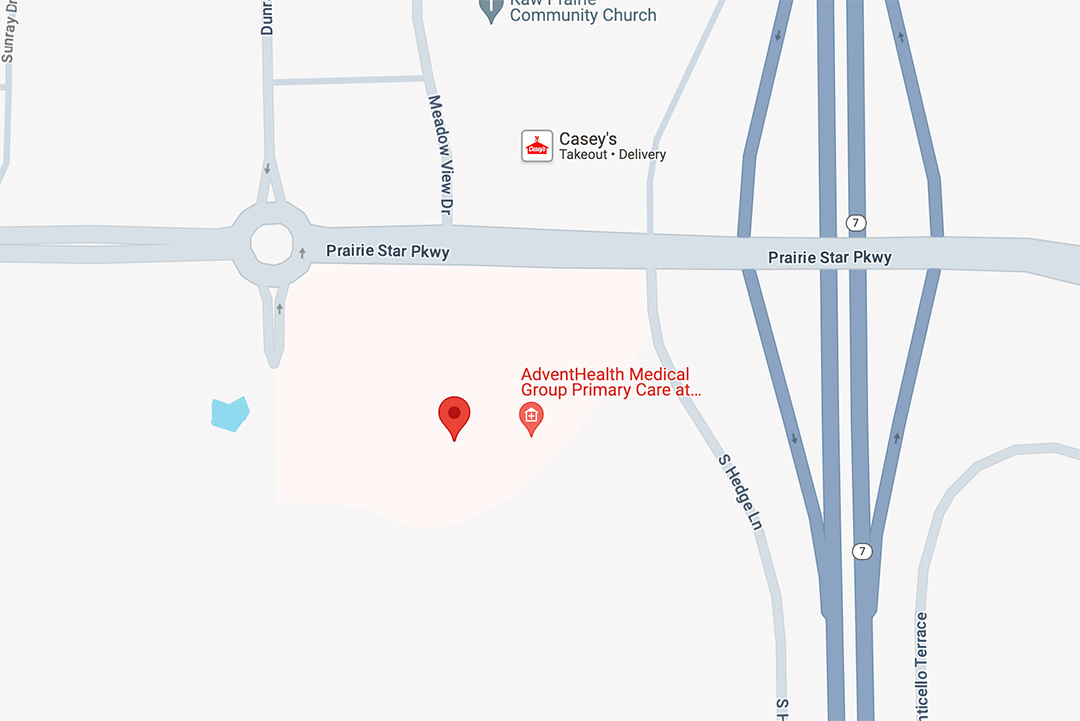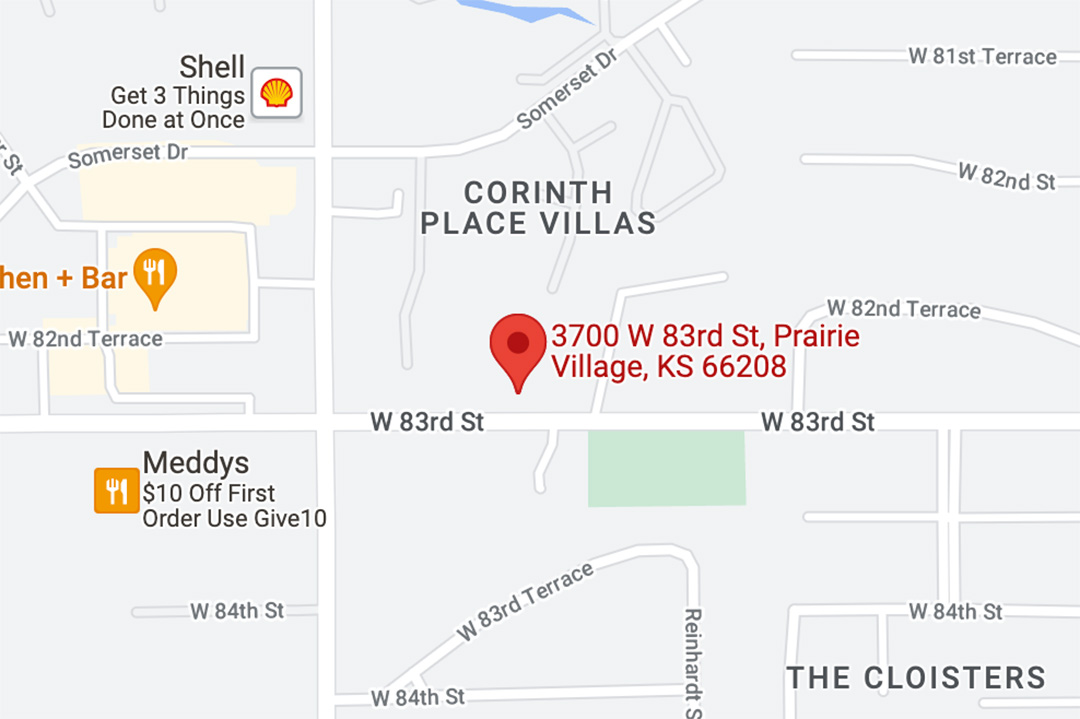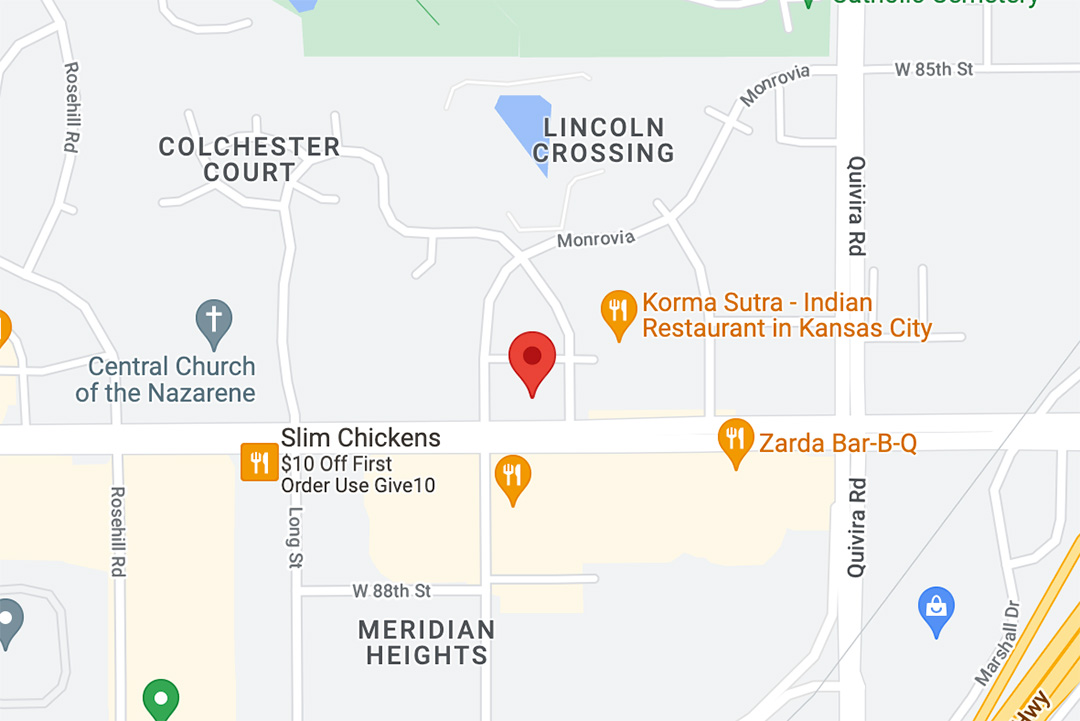Financing Your Care
Insurance Options
Below you will find a list of insurance and payment plans that we accept. If you don’t see your preferred method on our list, please call our office to find out what other options may be available to you.
Dental Insurance Plans We Work With:
- Aetna PPO and PDO
- Ameritas
- Assurant PPO Only
- BCBS of Kansas Grid+
- BCBS FEP Grid +
- Cigna PPO
- Comp benefits PPO only
- Connection dental
- Delta Dental
- GEHA
- Guardian
- Humana PPO
- Humana gold plus
- Lincoln
- MetLife
- Principal /connection dental only
- Sunlife
- Surency
- Teamcare Dental
- United Concordia Flex PPO
- United healthcare/ connection dental
Discount plans we are in…
- Aetna NAP
- Aetna Vital savings
- ADAP
- Cigna dental network Access
- Denetmax


Payment options:
- CareCredit: Apply online
- Check or Credit Card: Always accepted.
Please note: Payment is due at the time of service.
As a courtesy to you, we will bill your insurance company and track claims. Please keep us informed of any changes to your insurance plan. You are responsible for the fees charged by our office, no matter what your insurance coverage may be. Most insurance companies should respond to the claim within four to six weeks. Any remaining cost is your responsibility.


How Dental Insurance Works
By purchasing a dental insurance plan, you enter into a contract with the company. They agree to pay certain amounts for certain procedures and you assume responsibility for what they do not cover. Generally, the terms of your coverage are spelled out in the contract. Different plans approach coverage in different ways. Some require you to reach a deductible before paying anything, while others pay a percentage immediately. Understanding the different terms associated with your insurance plan can help you figure out your coverage.
More Information
- Deductible
A deductible is a minimum amount of money you need to pay towards dental care before your plan coverage starts. Most plans do not require a deductible for diagnostic or preventive services.
- Annual Maximum
Many plans have a cap on how much money they will pay for any given treatment during the year. Anything over that amount becomes your responsibility. For example, if your plan has a annual maximum of $2,000 and your dental expenses exceed $3,000, you have to pay the additional $1,000. In some cases, you can raise your annual maximum to better suit your needs. There is usually a separate lifetime maximum for orthodontics.
- Least Expensive Alternative Treatment (LEAT)
If your plan has a LEAT clause, the company will only pay for the least expensive treatment available for any given condition.
- Waiting Periods
Some plans have limitations on when they will begin paying for certain complex procedures. For example, many insurance policies will not pay for major procedures until the plan has been in effect for more than 12 months.
- Understanding Your Benefits
If you are confused about your coverage, you can ask out staff to help you or call your insurance provider directly. You can also ask your provider for an Explanation of Benefits (EOB) which lists the procedures your plan does and does not cover.
- Making the Right Choice for You
When deciding whether to undergo a certain dental treatment, it is important to consider more than your insurance coverage. The least expensive treatment option may not be the right one for you. Be sure to discuss all aspects of your coverage and treatment plan with your dentist and oral surgeon before making a decision.
Our Commitment
We are committed to providing the highest quality care in a comfortable and compassionate environment.



